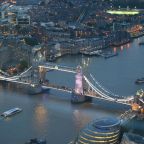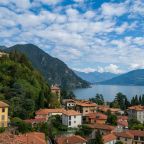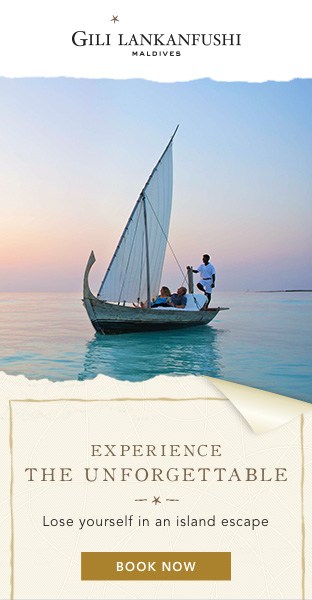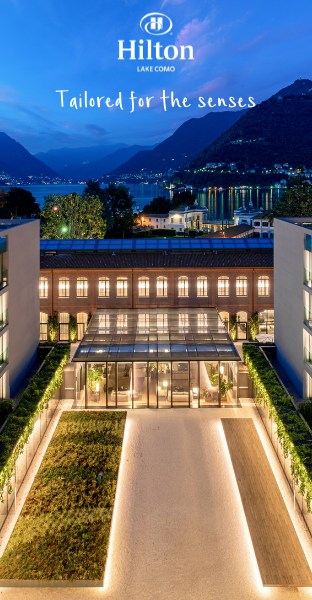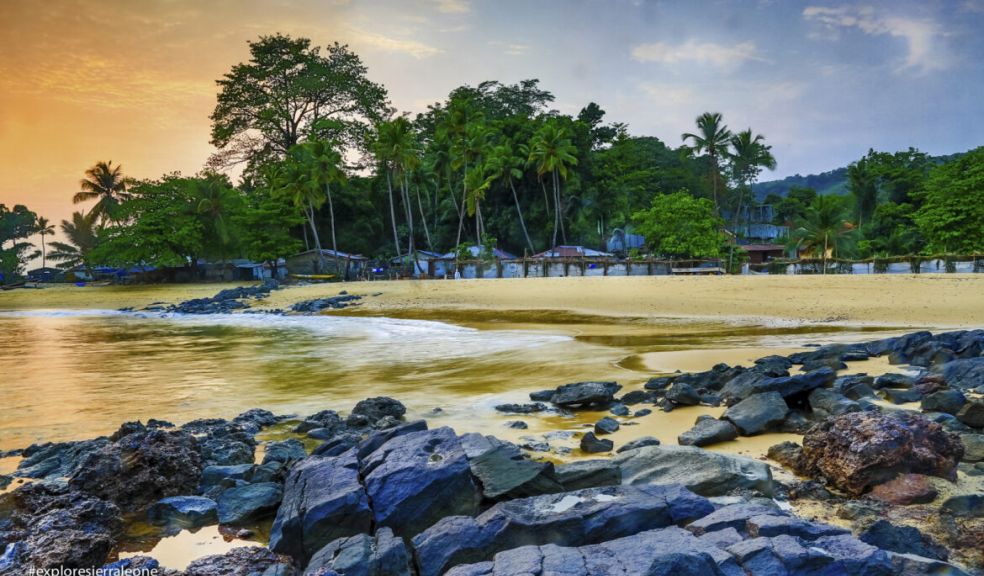
Five surprising facts about Sierra Leone: Why travellers should visit this undiscovered African gem in 2024
Sierra Leone is arguably one of the best-kept secrets in West Africa, promising an off-the-beaten-track experience with all the character, adventure and beauty of its better-known neighbours. Idris Elba’s ancestral home has become a must-visit destination for many, home as it is to a warm and welcoming culture, lush rainforests, world-class beaches, and exceptional wildlife, including the elusive pygmy hippo and the rare picathartes bird.
The site of David Attenborough’s first expedition – In 1954, a little-known naturalist named David Attenborough ventured to Sierra Leone to film for a BBC programme, Zoo Quest. 70 years on, responsible tourism is making huge strides in Sierra Leone, and visitors looking to discover the country’s wildlife can do so at eco-tourism sites across the country. Top spots to visit include Tacugama Chimpanzee Sanctuary, Gola Rainforest National Park – one of the country’s largest areas of untouched natural rainforest and home to 300 species of birds, and Tiwai Island, home to the elusive pygmy hippo. At Tacugama, guests can stay in one of the sanctuary’s eco-lodges, each named after a rescued chimpanzee – Sierra Leone’s national animal.
A place of hope – Visitors to Sierra Leone are often struck by just how rich the country’s history is, with a plethora of monuments and museums to explore. The country has a number of sites dedicated to exploring the country’s history, such as sobering Bunce Island, an hour from Freetown and a base where enslaved people were held before transportation to the Americas. Now, travellers can take a guided tour of Bunce Island to learn about its role during the transatlantic slave trade. This history has been reclaimed as a source of cultural identity, as reflected in the name Freetown – the city was given its title after freed enslaved people returned to Africa in the 18th and 19th centuries. Today, Freetown is a vibrant city that epitomises the liberty and cultural strength of the Salonean people. Other unmissable highlights include visiting the Peace Museum and the National Railway Museum, admiring the views from Leicester Peak, or simply soaking in the city’s buzzing nightlife.
A flag with a hidden secret – Sierra Leone’s flag, comprising three horizontal stripes – green, white and blue – has a hidden significance, with each coloured stripe representing a distinct aspect of the country. The green illustrates the country’s mountains, forests and lush interior, the white stands for unity and justice, and the blue represents the country’s oceans as well the peace brought through connection to the world through Freetown’s port (believed to be the largest natural harbour in West Africa). Visitors can encounter all three aspects of the country, delving into the fauna-rich rainforest at Tiwai Island, discovering traditional hospitality at Rogbonko Village, visiting the world-class Tokeh Beach and snorkelling in the remote Banana Islands. Rainbow Tours’ new Sierra Leone Discovery trip takes visitors on an adventure through the country’s highlights, which embody nature, unity and peace.
Home to the first university in West Africa – Sierra Leone’s capital city, Freetown, is the site of the first university in West Africa and one of the first on the continent. Founded in 1827, Fourah Bay College is now a constituent college of the University of Sierra Leone, and its old building - which was destroyed by a fire in the 1990s – is set to be restored in partnership with the World Monuments Fund. Travellers to the country can meet a part of Sierra Leone’s living heritage with a visit to Cole Street Guesthouse, a boutique hotel and restaurant tucked away in a historic residential building and founded by Miatta Marke. Marke's grandmother, Lati Hyde-Forster MBE, was the first woman in Sierra Leone to graduate from Fourah Bay College, later becoming the first Black female principal in the country. Guests at Cole Street – Hyde-Forster’s former home – can enjoy exceptional West African cuisine made with local produce and possibly even share a couple of words with Miatta, who is head chef at the restaurant and is happy to share her experiences.
A Lebanese diaspora community – Sierra Leone is home to a large Lebanese population who arrived in the country during the latter half of the nineteenth century. Today, Lebanese eateries can be found nestled alongside traditional Salonean restaurants throughout the city, and it is not uncommon to find locals tucking into plates of fluffy pitta bread with creamy hummus. Top local dishes to try when visiting Sierra Leone include groundnut (peanut) soup, cassava leaf stew, tamarind juice and fufu (fermented dumplings). For a true taste of Sierra Leone, visitors should not miss Toma Boutique Hotel, whose restaurant serves delicious local produce within a stylishly African setting.









